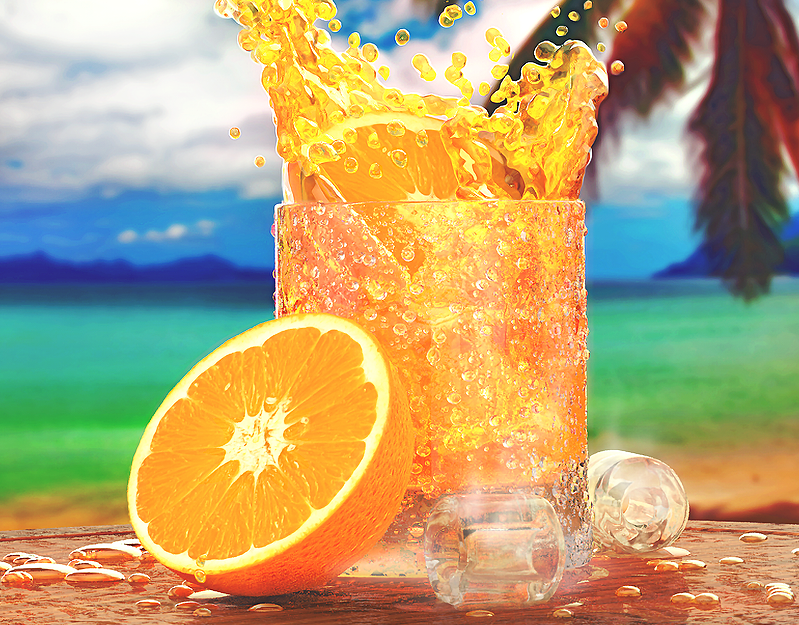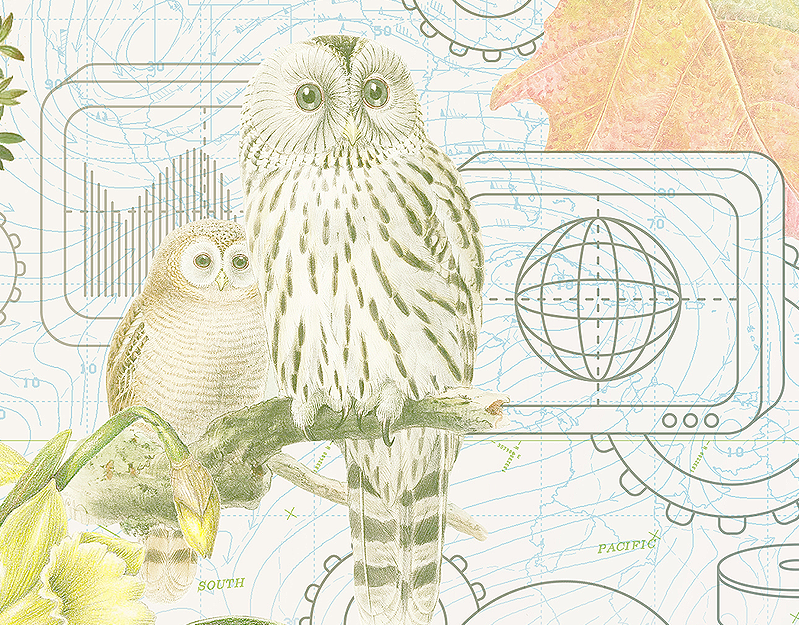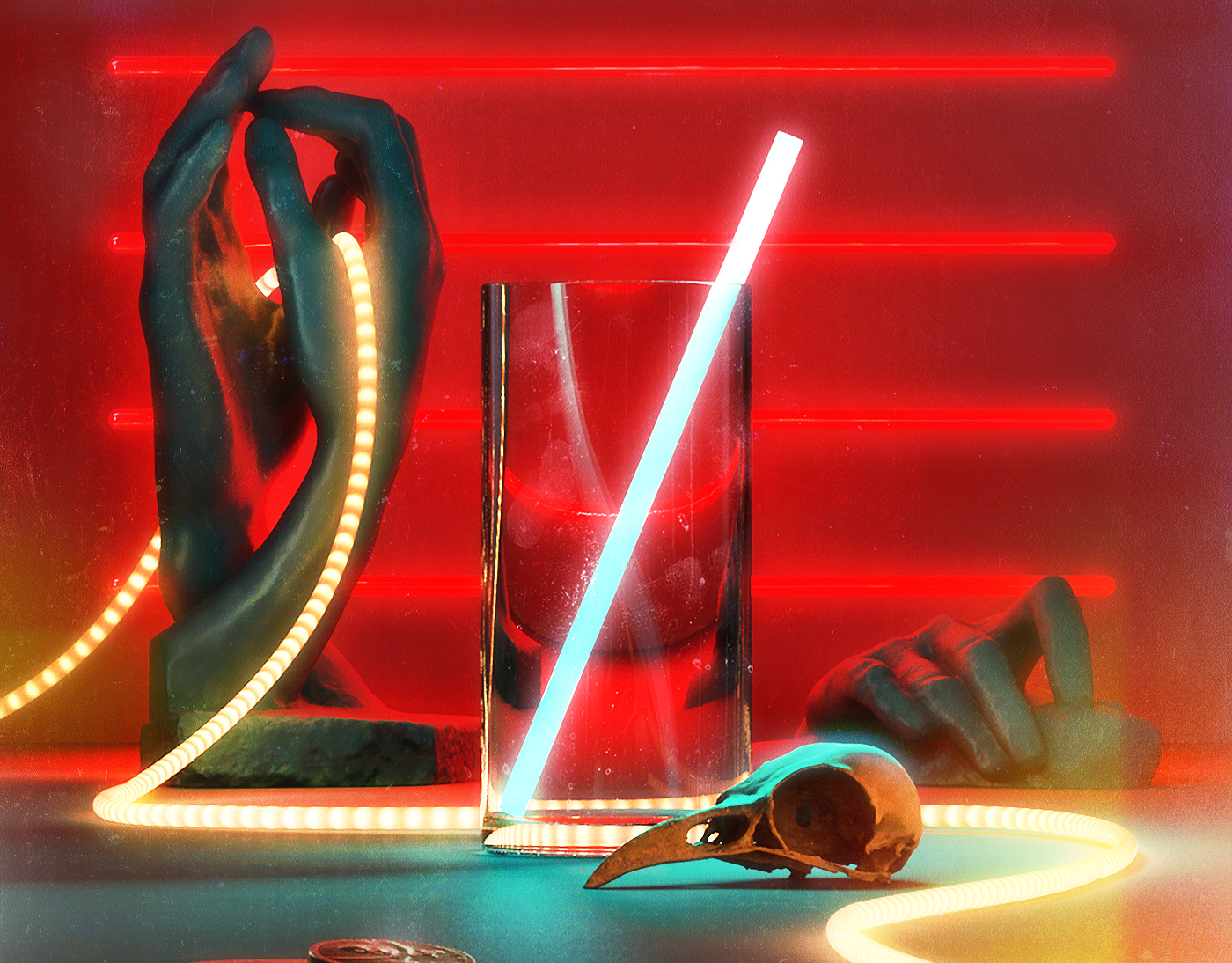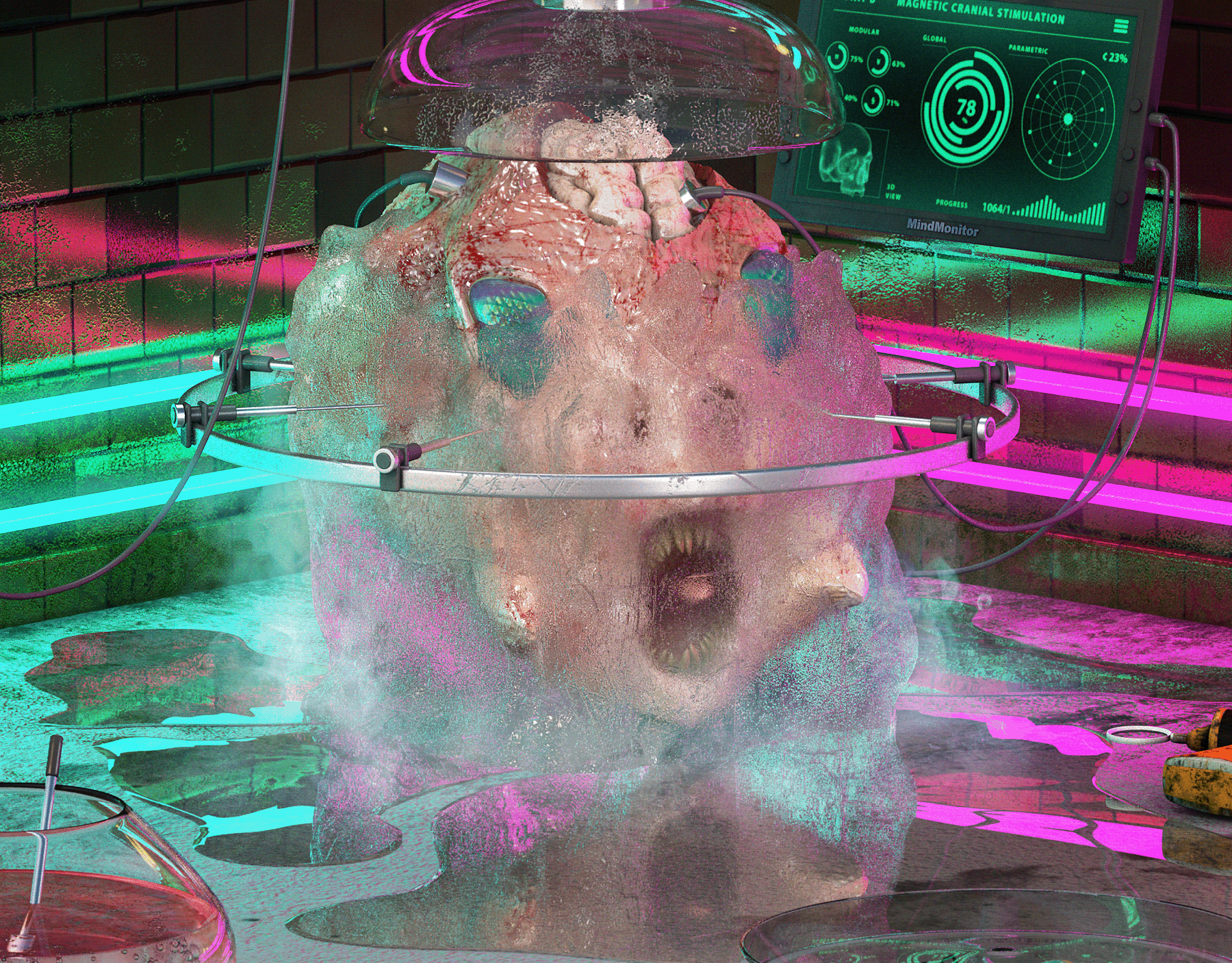"Nightmare of hubris"
(Arte Digital / Ilustração 3D)
The composition represents Niobe's daughter immersed in her mother's tears. The aquarium embedded in her head reinforces the feeling of anguish, denotes the historical limitations of human consciousness and universalizes the criticism of anthropocentric hubris, which is manifested in the vulgarization of the lives of other living beings.
"This sculpture is believed to be one of Niobe’s daughters. In Greek Mythology, the story of Niobe’s children goes down in history as one of the most poignant stories ever to be told…
Niobe is the daughter of Tantalus (King of Sipylus), she gave birth to fourteen children (Niobids), seven sons and seven daughters, all fathered by Amphion (King of Thebes). At a ceremony held in honour of the Titan Leto, mother of Zeus’s divine twins Apollo (god of light and music) and Artemis (goddess of hunting and nature). Niobe boasted of her grander fertility and her children's incomparable beauty in front of Leto. As punishment for Niobe's pride and arrogance, the twins came down to Earth where Apollo killed all Niobe's sons and Artemis killed all her daughters. Before Apollo killed her last living son, Niobe pleaded that Apollo spare his life, which he did not.
Some versions of the tale believe that one of the daughters, Chloris and her brother Amyclas survived because they prayed to Leto. Chloris became the wife of Neleus (son of Poseidon) and the mother of Nestor who was given by Apollo all the years of life taken away from the Niobids. Either way Niobe was so heartbroken that she went to Mount Sipylus and pleaded to the gods to end to her pain. Out of sympathy Zeus turned her, where even as a rock Niobe continued to cry endless tears creating a stream. It is said that no one buried the Niobids until the ninth day after their death, when the gods themselves entombed them as Zeus had also turned the people she ruled into stone." (National Art Museum of Denmark)










